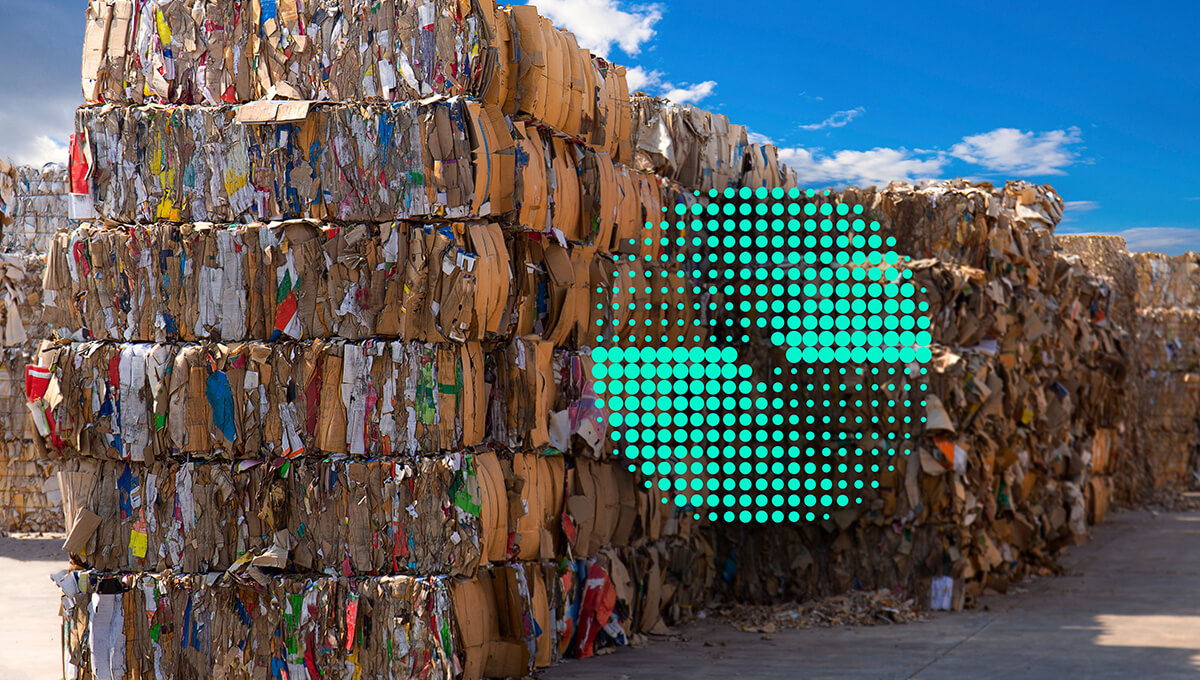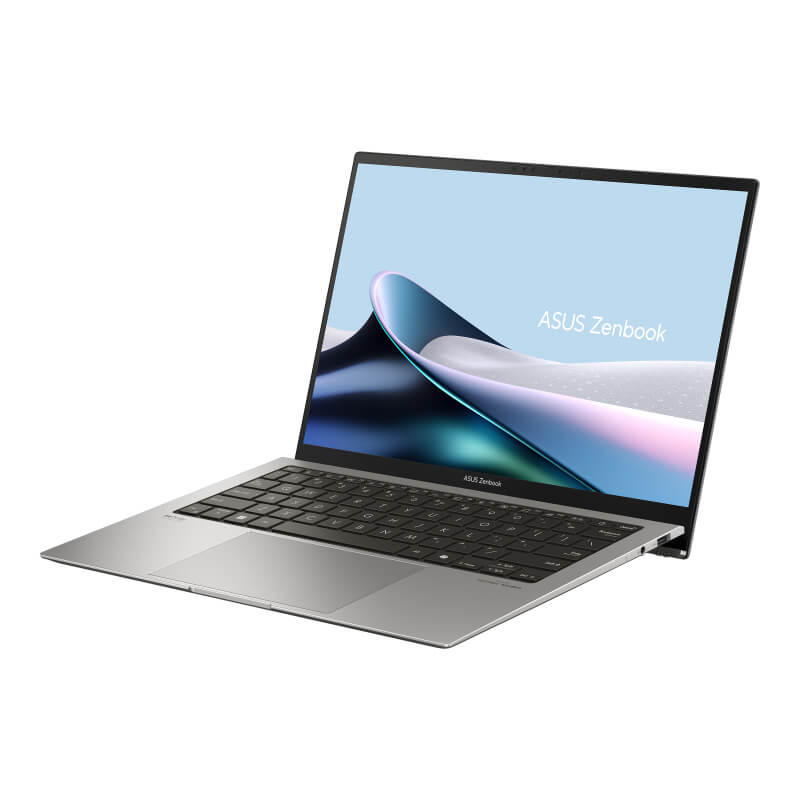
Oct 23, 2024
A circular economy provides benefits for eco-friendliness and
reduces operational costs compared to traditional linear business
models that “takes, makes, and disposes”. The core value of a
circular economy is cradle to cradle resource management, so instead
of always using new resources and materials for product production,
resources used should follow a circular cycle. ASUS designs
sustainable solutions and adopts sustainable methods based on the
execution of a circular economy. Read on to discover how this is
achieved!
Choosing Reused or Recyclable Materials
Reducing the use of raw materials and instead selecting reused or
recycled ones for production enhances resource circularity.
Zenbook S 13 OLED
is a verified carbon-neutral laptop that uses multiple eco-friendly
materials: the exterior is made with post-industrial recycled
aluminum, post-consumer recycled plastics are used to make its
keycaps and speaker case, and ocean bound plastics are used for its
speaker case. The packaging of Zenbook S 13 OLED contains zero
plastic and is completely made with FSC™-certified paper – even the
handle!
Using easily recyclable materials and safer chemicals instead of
ones that are damaging to the environment such as halogen is also a
part of ASUS’s efforts. Halogens worsen air quality and respiratory
issues can occur under extended exposure to the substance. To do the
environment a favor and increase plastic recyclability in our
products, ASUS has achieved production of more than 90% of our
laptop components without using halogenated flame retardants. For
instance, ExpertBook B9 (B9400CB) uses halogen-free motherboards and
we have transitioned to only using halogen-free hard drives and
batteries since 2019.
Carbon Emission Reduction and Energy Efficiency
Energy conservation and waste reduction are also parts of a circular
economy - and these are evident in the ASUS supply chain management
and product design. The main source of carbon emission from ASUS
comes from our supply chain, and we are committed to supporting our
partners to reduce carbon footprint. New suppliers who work with
ASUS must have an ISO 14001 certification, which indicates that an
environmental management system is implemented. ASUS also helps map
out carbon reduction plans for suppliers based on their
capabilities.
ASUS has invested tremendous resources into the research and
development of better product energy efficiency to achieve green
design. The better our product’s energy efficiency is, the more
effective carbon reduction is when they are in use. ENERGY STAR® is
currently the most prestigious energy efficiency program worldwide,
and in 2023 the commercial and consumer laptops launched by ASUS
exceeded ENERGY STAR® standards by 42% on average. In 2024, 14 of
our display products were also listed as “2024 ENERGY STAR® Most
Efficient Product”, meaning that they can reduce energy consumption
by more than 27% compared to average ENERGY STAR® products.
Another way ASUS continues to cut back on carbon emissions is to
make our products and packaging thinner and lighter, which enhances
transportation efficiency and saves energy. For instance,
ASUS ExpertBook B9 (B9400CB)
uses a magnesium-lithium alloy exterior that is lightweight and
compact.
Zenbook S 13 (UX5304M)
weighs only 1 kg light while being 1 cm slim, making it the world’s
slimmest OLED ultraportable laptop. The subtraction of charging
adapters in
Zenfone 11 Ultra
due to the increasing ubiquity of wireless charging has resulted in
a 31% reduction in packaging size compared to its previous version.
We removed single use cushioning in our product packaging and
redesigned the packaging structure. Now the box closely envelopes
all parts of our products making the packaging volume smaller. This
increases transportation efficiency and reduces consumed energy.
Enhancing Repairability
Designing products to be more repairable extends products’
lifecycles and reduces waste by enabling partial repair instead of
complete disposal followed by a new product purchase. This maximizes
resource utility and facilitates circular economy. Modular design in
products such as
ASUS BR1402F
makes replacement of key components fast and easy, while
ROG Strix G18
also achieved 8.6 out of 10 for the French Repairability Index in
2023.
Promoting Recyclability and Creating Value
After products come to the end of their lifecycle and need to be
discarded, they still hold value if recycled or refurbished
properly. As a producer, ASUS has been continuously taking
responsibility for device recycling by establishing
Global Take Back Services
in 30 countries which covers 82% of our sales market. Through drop
off, mail back, trade-in, and pick up services in these 30
countries, 12,042 tons of e-waste was recycled in 2023.
In addition to responsible recycling ASUS also repairs some laptops
taken back to our recycling centers. Those which are still usable
are refurbished and donated to people in need. Since 2008, more than
20,000 new and refurbished laptops have been donated to over 500
ASUS digital opportunity centers in 39 countries. Constantly
striving to do better, ASUS also joined the
Prevent Waste Alliance
in 2023 which is an international platform for engaging in promotion
of circular economy.
Achievements and Continuous Effort
As our population grows, so does the demand for virgin materials. To
ease the impact made on our planet and contribute to sustainable
development, ASUS has made circular economy a part of our core
strategy. In 2023 we have made some significant achievements
including more than 90% of our revenue coming from eco-friendly
products, being named an EPEAT Climate+ champion, and achieving a
global product recycling rate of 13%. Our efforts continue as we
strive for bigger goals to become a green high-tech leader in the
tech industry. Our ESG endeavors and progress made in 2023 can be
found
here in our 2023 ESG report, also click the button below to learn more about how ASUS manages
chemical usage.
Chemical Management at ASUS











